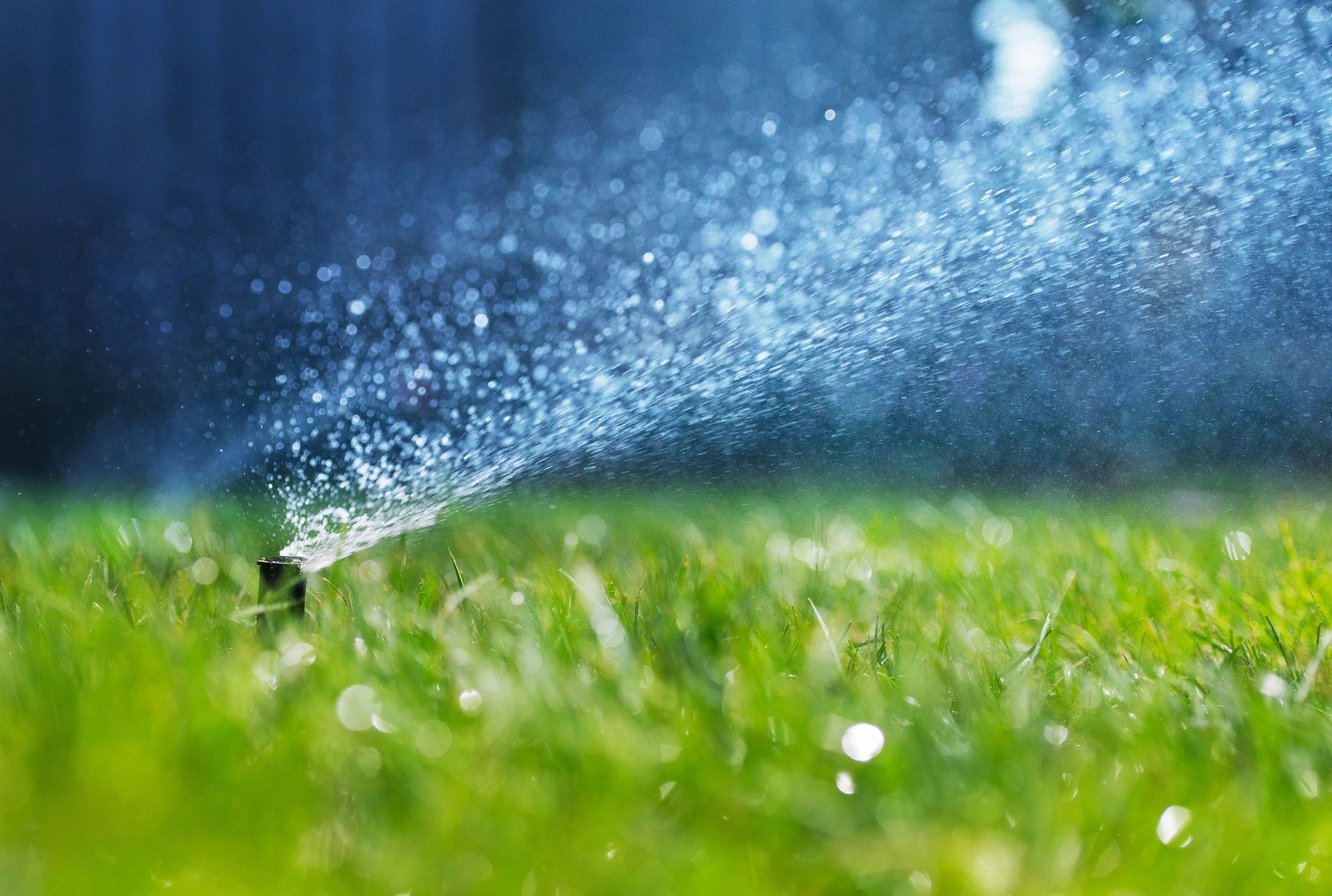Florida Spring Checklist

Preparing your yard for spring in Central Florida requires a mix of lawn care, pruning, planting, and pest control due to our warm climate and unique seasonal changes. Here’s a step-by-step guide that we hope helps:
Lawn Care
Dethatching & Aeration: If you have a buildup of thatch (dead grass), dethatch the lawn to allow water and nutrients to reach the soil. Aeration can also help improve drainage.
Fertilization: Apply a slow-release fertilizer formulated for Florida lawns. Avoid over-fertilizing, which can lead to excessive growth and pest issues.
Weed Control: Pre-emergent herbicides help prevent weeds like crabgrass from sprouting. Spot-treat any existing weeds.
Mowing: Begin mowing as the grass grows actively, keeping it at the recommended height (e.g., St. Augustine grass: 3-4 inches).
Pruning & Tree Care
Trim Dead or Diseased Branches: Remove any dead or damaged branches from trees and shrubs.
Prune Flowering Plants: Trim back flowering plants like hibiscus or bougainvillea to encourage new growth.
Palm Tree Care: Remove brown fronds but avoid over-pruning, as palms rely on their green fronds for nutrients.
Soil Preparation & Mulching
Test Your Soil: Check for pH balance and nutrient levels to see if amendments like lime or compost are needed.
Add Fresh Mulch: Apply 2-3 inches of mulch around trees, shrubs, and flower beds to retain moisture and prevent weeds.
Planting & Garden Preparation
Spring is Ideal for Planting: Plant warm-season flowers like marigolds, petunias, and pentas. Vegetables such as tomatoes, peppers, and herbs like basil thrive in Florida’s spring.
Choose Native or Drought-Tolerant Plants: These require less maintenance and are more resilient to Florida’s climate.
Pest & Disease Control
Watch for Common Pests: Chinch bugs, whiteflies, and aphids can damage plants. Use natural solutions or insecticides if necessary.
Fungal Prevention: Florida’s humidity can lead to fungal diseases; ensure good air circulation and use fungicides if needed.
Irrigation Check
Inspect Sprinklers: Check your irrigation system for leaks, clogs, or broken sprinkler heads.
Water Efficiently: Water early in the morning to prevent evaporation and fungal issues. Follow local watering restrictions.
Clean Up & Outdoor Features
Clear Debris: Remove leaves, fallen branches, and any plant material that could harbor pests.
Power Wash Surfaces: Clean patios, driveways, and fences to refresh outdoor spaces.
Check Outdoor Lighting: Ensure pathway and landscape lighting is functional for safety and aesthetics.
Following these steps will prepare your Florida yard for a lush and thriving spring season!
Contact your friends at ELT Landscape if you want help with any tasks on this list.
